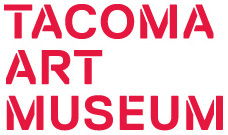Karel Appel
born Amsterdam, Netherlands, 1921; died Zurich, Switzerland, 2006
In 1950 the artist moved to Paris and remained in France for much of the rest of his life though he traveled extensively including to the United States. During the 1950s and 1960s he executed numerous murals for public buildings and exhibited throughout Europe. In the 1970s and 1980s, Appel continued to work simultaneously in sculpture and painting, pushing his abstraction further with his window paintings—a series he began in 1980. Appel also gradually introduced landscape into his iconography, which would develop into a more consistent engagement in the last decade of his work. In the 1980s, Appel also began his collaborations with American poet Allen Ginsberg, which would continue over the next ten years. In his later career, his work was the subject of numerous solo exhibitions.
Person TypeIndividual
Terms
- Amsterdam
- Zürich
- New York
born Halifax, Canada, 1873; died Miami Beach, Florida, 1939
born Seattle, Washington, 1919; died Seattle, Washington, 1992
born Philadelphia, Pennsylvania, 1949
born Frost Prairie, Arkansas, 1925; died 2015
born Aizubange, Japan, 1907; died Tokyo, Japan, 1997
born Honfleur, France, 1824; died Paris, France, 1898
born Bryn Mawr, Pennsylvania, 1948














